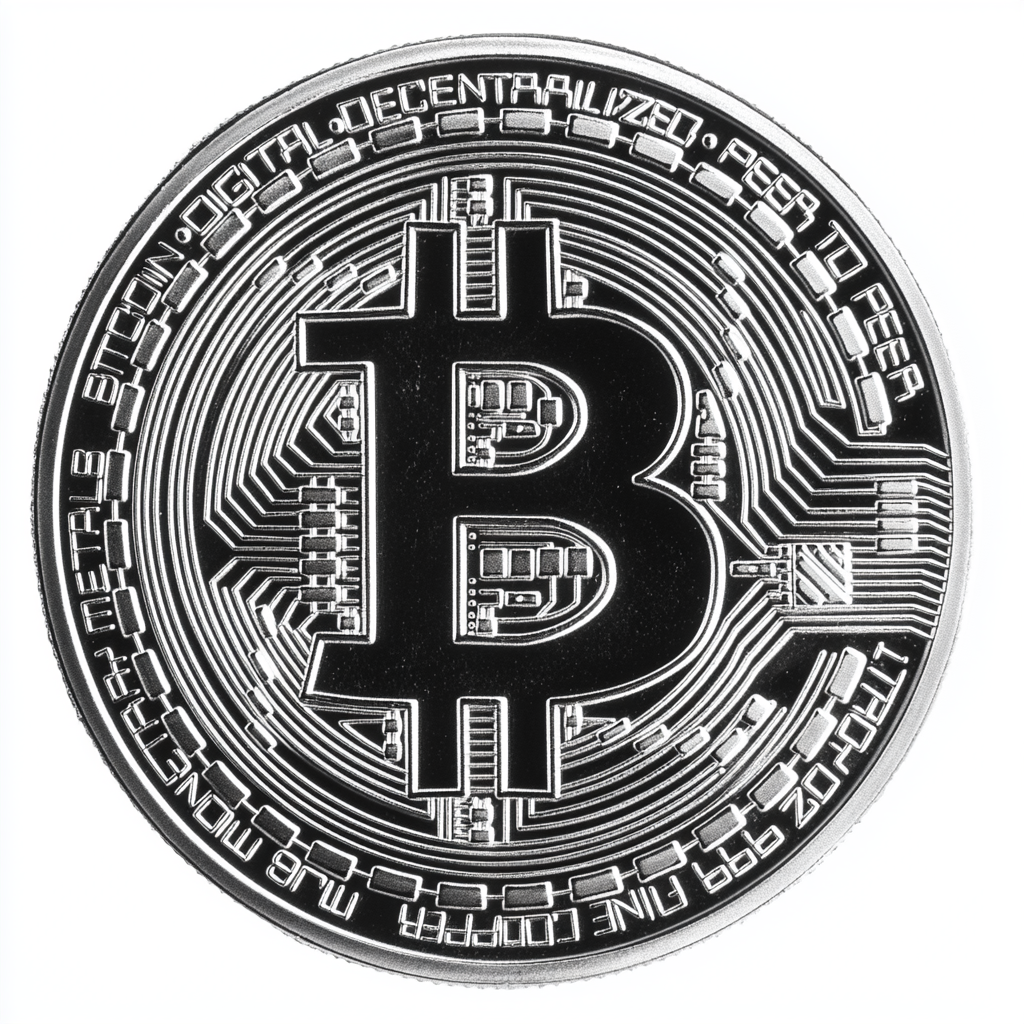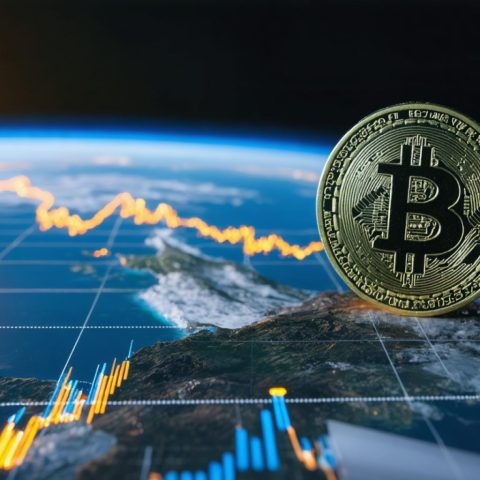The future of XRP, Ripple’s native cryptocurrency, is teeming with potential in an era driven by rapid advancements in blockchain technology. XRP stands poised to reshape the global financial landscape by offering fast, cost-effective cross-border transactions, but what makes its future so intriguing?
In the wake of numerous technological innovations, there’s growing anticipation around XRP’s role in decentralized finance (DeFi). Unlike traditional financial routes that often incur hefty fees and delays, XRP’s blockchain allows for nearly instantaneous transactions on a global scale. As financial institutions increasingly explore blockchain integrations, XRP could become a bridge currency, connecting diverse digital assets within the vast crypto ecosystem.
Another aspect fueling speculation is Ripple’s ongoing legal saga with the U.S. Securities and Exchange Commission (SEC). A potential resolution might open the floodgates for XRP’s adoption by major financial players hesitant thus far. A favorable outcome could propel XRP into mainstream usage, further cementing its relevance in future financial applications.
Moreover, Ripple’s collaboration with central banks signals a promising trajectory for XRP. Their involvement with Central Bank Digital Currencies (CBDCs) could facilitate the creation of seamless, interbank transactions that XRP can support. This strategic positioning underscores XRP’s potential to anchor future digital economies.
Conclusively, while challenges remain, the path forward for XRP brims with opportunities. In a landscape hungry for next-gen financial tools, XRP’s technological robustness and strategic placements might just redefine global transaction standards.
The Cryptocurrency Rollercoaster: Insights and Predictions for XRP by 2025
As the world of cryptocurrency continues to expand and mature, investors eager to understand potential opportunities often look towards emerging digital assets like XRP, Ripple’s native cryptocurrency. Despite its potential, investing in XRP comes with its own set of pros, cons, and risks. Here’s a deep dive into predictions and guidance for those keeping a keen eye on XRP’s trajectory by 2025.
Predicting XRP Rates for 2025
The rate predictions for XRP heading into 2025 are shrouded in both optimism and caution. Analysts who believe in Ripple’s strategic plans anticipate that XRP might ride a significant bullish wave if its integration with financial institutions and central banks pans out effectively. The anticipated rise in adoption could see XRP rates between $5 to $10. However, those wary of regulatory hurdles, especially concerning Ripple’s legal tussles with the SEC, suggest a tempered outlook, envisioning rates that may linger under $3 if uncertainties linger.
Navigating Investment Risks
Investing in XRP, like other cryptocurrencies, is fraught with risk. The volatility of digital currencies remains a key concern, and XRP is no exception. Factors such as regulatory decisions, technological advancements, and market sentiment greatly influence XRP’s value. Therefore, investors are advised to practice diversification, maintain realistic expectations, and stay informed about industry trends to mitigate potential losses.
Pros and Cons of Investing in XRP
Pros:
1. Fast Transaction Speeds: XRP offers rapid transaction confirmations, standing out as a strong candidate for cross-border payment solutions.
2. Low Transaction Costs: Compared to traditional financial systems, XRP provides cost-effective transaction solutions.
3. Growing Institutional Interest: Partnerships with financial giants and involvement with CBDCs heighten its potential utility and acceptability.
Cons:
1. Regulatory Hurdles: The ongoing legal battles could pose significant roadblocks in mainstream adoption.
2. Market Volatility: Like all cryptocurrencies, XRP is subject to price swings that can lead to substantial financial losses.
3. Centralized Controversy: Unlike Bitcoin’s decentralized ethos, XRP’s association with Ripple Labs sparks debates about centralization.
Controversies Surrounding XRP
A notable controversy is XRP’s centralization debate. Critics argue that Ripple’s significant control over the currency contradicts the decentralization philosophy blockchain was built on. Moreover, the legal challenge from the SEC alleging that Ripple conducted unregistered securities transactions by selling XRP remains crucial. A favorable verdict for Ripple could enhance investor confidence, whereas a negative outcome could derail XRP’s progress.
For further insights on blockchain technology and cryptocurrencies, consider exploring resources on CoinDesk for reliable and up-to-date information.
Conclusion
While the path to 2025 is laden with both promising and challenging aspects for XRP, its potential role in reshaping global finance cannot be ignored. Investors must remain vigilant, weighing the prospects of XRP’s innovative applications against the backdrop of regulatory and market uncertainties. In an industry characterized by rapid transformation, maintaining a balanced approach will be key to navigating the cryptocurrency landscape effectively.











